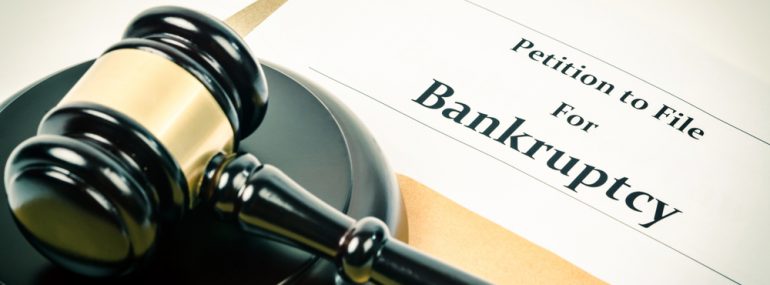
Congress just made it easier and less expensive for small businesses to reorganize under Chapter 11. Small businesses continue to struggle under the current social isolation measures in place in most states.
Even with the recent financial relief package passed by Congress, many small businesses will not have sufficient resources to meet their most basic obligations such as rent, utilities and other operational necessities.
In an effort to keep small business afloat during this crisis, Congress expanded small business bankruptcy relief in the Coronavirus Aid, Relief and Economic Security Act (CARES Act).
The CARES Act amends the Small Business Reorganization Act of 2019 (SBRA) by increasing the availability of Chapter 11 relief to a greater number of small businesses. Section 1113 of the CARES Act amends eligibility to qualify for filing as a small business debtor for a business which has debt up to $7.5 million.
The current debt limit to qualify as a small business filer under SBRA is $2,725,625. This increase in the debt threshold of $7.5 million will expire and return to $2,725,625 after one year.
SBRA has only been effective since February 19, 2020. Prior to the enactment of subchapter V, created by SBRA, many small businesses found traditional Chapter 11 proceedings difficult and expensive, and not a practical tool for reorganization. Often, small businesses would end up in liquidation. The goal of the SBRA is to make small business bankruptcies faster and less expensive.
Subchapter V was enacted to address some of these issues. Some of the key features of a Chapter 11, subchapter V case:
- There is no creditors committee.
- A case trustee is appointed. The private trustee monitors the debtor’s progress during the case in order to promote consensual plans of reorganization.
- There is no requirement to file a disclosure statement. The plan of reorganization will include a brief history of the business, a liquidation analysis and financial projections.
- A plan of reorganization must be filed within 90 days. All of the debtor’s disposable income must be put to plan payments to creditors, and the plan must be at least three years and cannot exceed five years.
- Only the debtor can file a plan.
- No United States Trustees fees.
- Owners are able to retain their interests in the business.
- If the debtor completes the payments required under a confirmed plan, it receives a discharge of the remaining debt.
These are material changes that will significantly impact the rights and procedures to which both debtors and creditors are accustomed in traditional Chapter 11s. And the applicability of the SBRA to potential traditional Chapter 11 filers is also significant. It has been estimated, based on recent Chapter 11 statistics, that up to half of Chapter 11 debtors will be eligible to file under the SBRA.
In Summary :
- The SBRA Act endeavors to strike a balance between chapter 7 and chapter 11 bankruptcies for small-business debtors.
- The act lowers costs and streamlines the plan confirmation process to better enable small businesses to survive bankruptcy and retain control of its operations.

